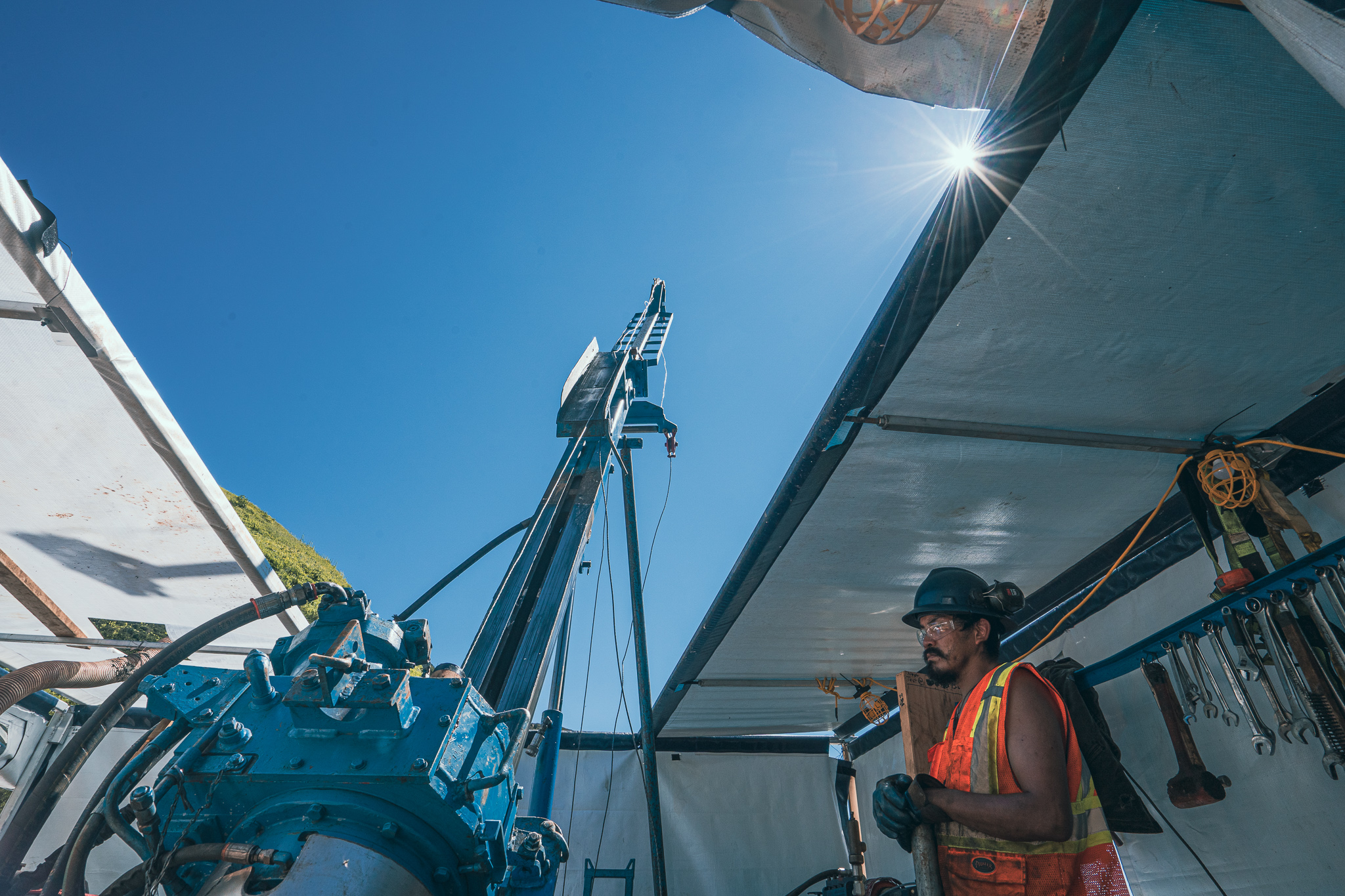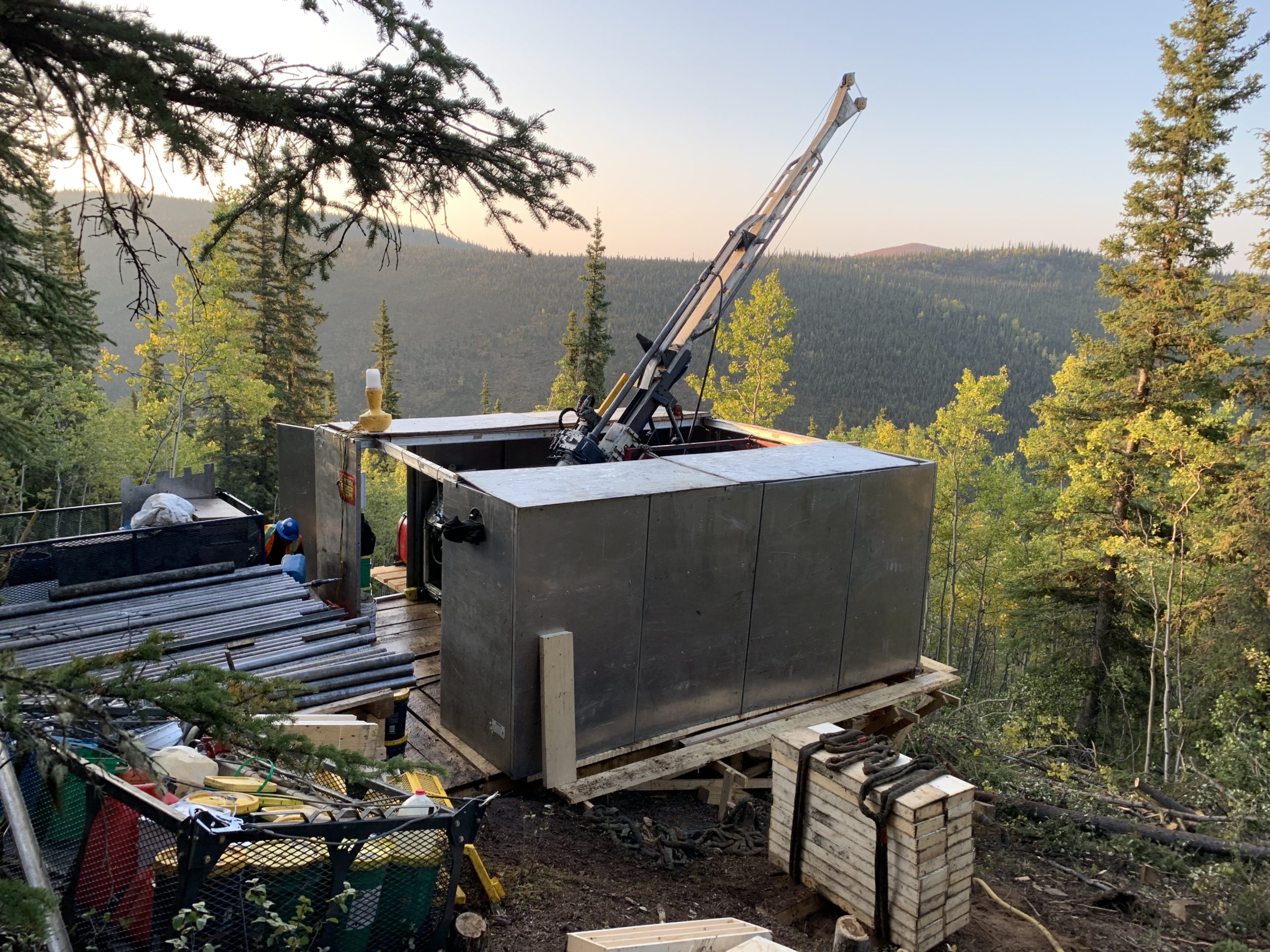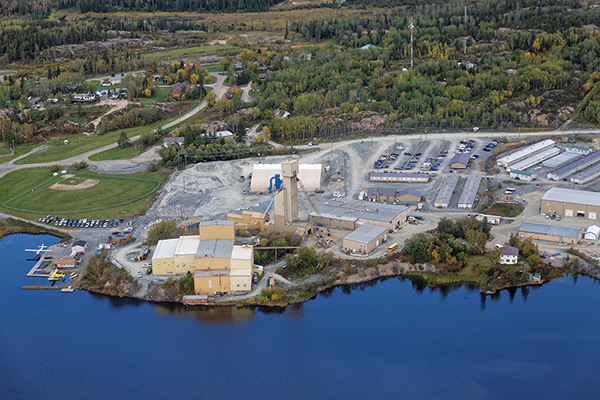Enhanced training through advanced simulation pays off
Canadian mining giant Teck Coal has more than 3000 employees, 400 mine haul trucks, shovels, drills and other surface mining machines; all of which are focussed on its 620 million tonnes of reserves at six metallurgical coal mines in south-eastern British Colombia and west-central Alberta.
By any measure, the company is a significant miner. In fact, it’s huge! It is the largest coking coal producer in North America, the second largest exporter of steelmaking coal in the world, and by a set of new measures, Teck Coal believes it can be the most productive, efficient and safest producer in the sector.
And why not? The company takes a forward-thinking approach to everything it does and one very good example of this is its investment in the mining world’s largest “fleet” of advanced equipment training simulators.
Shawn Anctil, senior training administrator at Teck’s Fording River operations in BC, says simulator training has added a new dimension to the company’s drive to improve safety, productivity and operating costs.
In a “hot labour market”, where high workforce turnover – and the related surge in training demands and increased pressure on production rates – has made achieving these goals tougher for all mine operators, Teck Coal may also have found a key to better worker retention and “wellbeing”.
“A happy employee is an employee who wants to stay with you,” said Anctil.
“There’s nothing more frustrating than hopping in something the size of a house to drive and you feeling that you don’t understand it; you’re not comfortable in it. If you’re not comfortable in it you’re not going to want to drive it.
“If you’re better trained you’re more productive because you’re comfortable in the machine which means you’re running it right at the line where it needs to be run.”
“The simulators are a key part of having a good training program that makes people well aware of their surroundings, well trained and confident, and just with a better sense of wellbeing.”
Teck Coal purchased its first Immersive Technologies AE Simulator, with the Caterpillar 793C, Komatsu 930E and P&H MinePro 4100XPB equipment modules in May 2007 for use at Fording River. It subsequently bought five more AE Simulator units and 10 Conversion Kit® equipment modules for its other sites, becoming the first company globally to go for 100% site coverage with training simulators.
Nic Milligan, Teck’s community & governmental affairs manager, said the reasons for this were simple.
“Safety is a core business value at Teck Coal.”
“The safety of our employees is of utmost priority to us. So we were looking for the best tools that we could acquire to better train those employees,” said Milligan.
“We also exist in quite a hot job market, so we are hiring a lot of employees in a given year. Any tool that could help us better train them and prepare them for operating in an active mining setting was worth investigating.”
Our experience with the simulator is that it is an extremely valuable training tool and gives us a safe environment to initially introduce entry level operators to the mining environment.”
Anctil said: “You can’t go and set a $C3.3 million truck on fire.
“But with the simulator you can simulate fires on equipment as many times as you want. We run several different scenarios through the simulator and they have programmed into them certain events which occur at specific times. You can have a person tell you ad nauseam they know how to react to a fire, or deal with faulty steering rods or brake valves. But until you put a person into the simulator and see how they do handle it, you just don’t know.
“It’s amazing what does happen when you throw a scenario at them – you can see the stress levels come up. All of a sudden it turns into a bit of a panic and they’ll miss a key part.
“With the simulator you can just keep throwing it at them until it actually becomes second nature. People get very comfortable with the correct procedures. From our standpoint that’s invaluable.”
The company runs modern mines with advanced equipment and state-of-the-art, GPS-based production management tools and other technology. Keeping expensive equipment running continuously, at high utilisation levels, is a challenge given the recruitment and training challenges generated by the labour market. Anctil says an ageing workforce is not going to make the future any easier.
“I think all the mines are in the same boat. We have a large number of workers nearing retirement age, which means we face losing that experience,” he said.
“Where the simulator comes into that equation is that you can baseline your people, you get your performance yardsticks; you identify operating practices that need to be improved and you pick up bad habits, and you work on that into your training. They [operators] go out into the field for a period of time and then you bring them back in and you baseline them again.
“It gives you something you can target for ongoing training. It gives you uniform baseline measurements across the organisation. And it gives you a focus for continuous improvement steps.
“The simulator has proven to be such a valuable tool because it provides the opportunity not only for new hire training but for refresher training and for training of people changing jobs. It’s highly convenient to have that capability at each site and it certainly serves our underlying safety and training needs if each site has one.”
The key to that, says Anctil, is realism.
A former truck driver at Teck Coal’s operations, Milligan says he was initially surprised by the level of Immersive Technologies’ simulator fidelity. The supplier has exclusive technical exchange agreements with the world’s leading manufacturers of mining equipment. He was convinced by Immersive’s commitment to continuous improvement, having noted improvements in the level of simulator training realism in between site visits.
I tried the simulator and then returned to the site and was watching somebody else using it and noticed there was dust coming off the tyres of the [simulated] haul truck that wasn’t there before,” said Milligan.
“You can run the equipment in dust, fog and snow. I drove haul trucks over several years and, from personal experience, I can say being in the simulator is very similar to the actual experience of driving a haul truck. With Fording River’s terrain [images] digitised and mapped in it feels like you’re driving on the mine site. It is convincing.
“You have motion feedback, and force feedback from the steering wheel. I was in the simulator and pulled up to a switchback and had to turn the corner and actually found myself leaning forward to look out the side window to see if I could get a better view. The view doesn’t change of course because it’s all projected on the screens around you, but it’s that convincing that you think you can get a bit of an advantage if you lean forward and have a peek.
“For us, with the number of new people we’ve got coming through, that just makes it such an important training tool,” he said.
“They’re all starting off at the haul truck level. We’ve found time and time again, after about 10 minutes with the simulator, that whatever bad habits you have in real-life manifest themselves in simulation.
“We’ve got young drivers coming to us and saying they can’t believe we use to train any other way than with the simulator. It’s never going to replace a haul truck [because] it’s not a haul truck, but it supports any training program that you have. I’m a firm believer in it.”
Milligan said new trainees spent time going through normal induction and computer-based training procedures before jumping in a simulator and a real truck with a trainer.
The company’s focus was not on fast-tracking training, but rather elevating the safety awareness and job readiness of newcomers earlier in their training.
“It [simulator training] has not shortened the
duration of our training whatsoever, but it is a tool that very greatly supports it,” he said. “It’s taking the people that have no experience and putting them in a cab with controls that are identical to the haul trucks that we’re running. So a new driver is not sitting there trying to figure out what this or that button does.
“You can give people a safe environment in which to train and train in any weather conditions, and any emergency scenario, without having to face any dire consequences. The new people coming in are better trained and the existing operators are more prepared to work with them and help them in the field to learn the ropes.
“In the end it’s a fairly holistic experience in terms of moving through the training continuum from the sign-on, to computer based training, to actually being in the simulator and then in the field.”
Teck Coal’s simulators provide substantive, unbiased feedback on operator performance which, with its baseline assessment and improvement process, has given the company a quick path to gains in areas such as reduced tyre and component wear. Anctil is seeing improvements and opportunities in a range of areas.
“I don’t want to sit here and say that turbo fires happen every day, but they are a part of heavy equipment and mining,” he said. “We haven’t burnt any equipment down because our guys know our procedure on putting out fires. I can’t put a tangible number to that but I can tell you that it’s related to the simulator because they’re not panicking; they’re knocking the fires out when they have to and they’re doing it properly.
“It takes a bit of time to baseline everybody, let the process run and track the improvements. But I think the big numbers we’re working on are brake costs, and maintenance costs.
“We have had increased tyre life and simulation is part of that. The simulator is telling the operator if he’s running too close to the berm. There’s not a mining company in the world right now that is not focused on tyres, just because of the global shortage. So between the simulator … and the increased focus on tyres, we’re seeing better results in that area.
“I think what it’s doing is teaching our people the proper use of all of our equipment – so if you’re running the service breaks where you shouldn’t be, or you’re harder on the transmission than you should be, it picks it all up.
“That’s the tool we can use from a training perspective to tell us what different training a person needs. That’s really tough to do in the real world because you have to sit beside the guy and you have to watch and it’s not something that’s that easy in some instances to pick up. The simulator does a good job of that. It’s going to give us better trained drivers out there.
“It is a little early to quantify but ultimately our expectation is that it will result in reduced equipment downtime, reduced incident-associated equipment damage, and reduced wear on things like brakes and other machine components.”
“Anything ultimately that helps us be safer, more productive and cost-effective will help our competitive position as a metallurgical coal producer.”





Comments